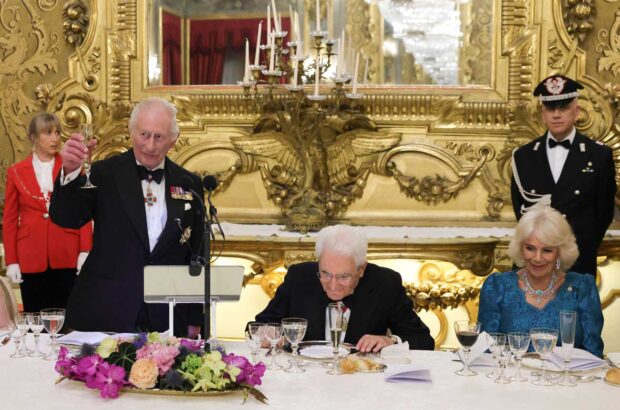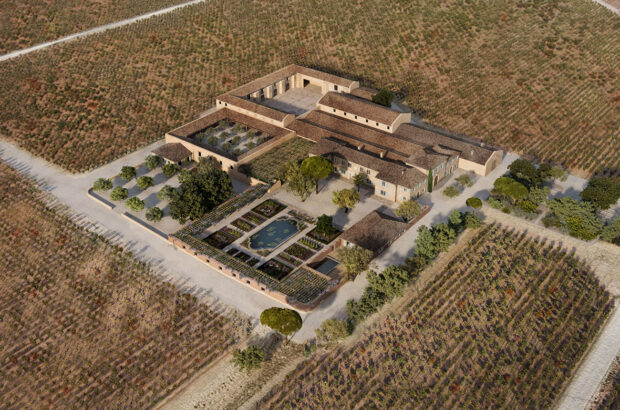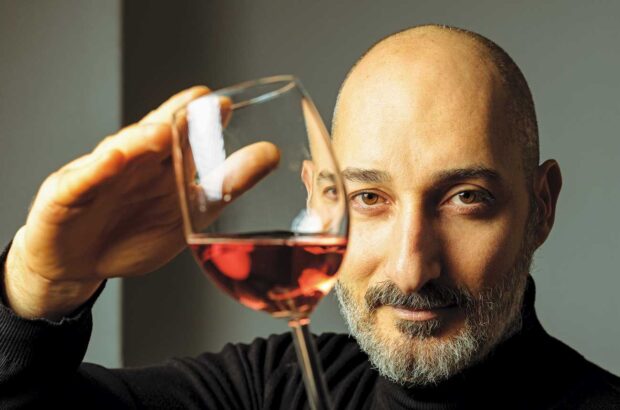Chilean winery Errazuriz is launching itself into full biodynamic viticulture with part of a new 160ha hillside property.
Errazuriz has a history of innovation: winemaker Francisco Baettig constantly experiments with wild yeasts on a wide range of varietal wines, and the estate has the most certified organic land of any Chilean winery.
And viticulturalist Pedro Izquierdo announced last night at a London seminar that he is turning 14ha of a much larger plot of land above Aconcagua fully biodynamic.
Biodynamics is a form of viticulture in which all the work in the vineyard and the cellar is performed in accordance with the cycles of the moon and the alignment of the planets.
It is based on the principles of Austrian anthroposophist Rudolf Steiner, who developed the idea of biodynamic farming in the late 19th century. Specifically. Izquierdo will use the indispensible Biodynamic Sowing and Planting Calendar of Swedish biodynamics guru Maria Thun, who first established a connnection between the movements of the planets and growing cycles.
Some of the world’s most successful wine estates, including Nicolas Joly at Chateau de la Roche-aux-Moines in the Loire, Domaine Leroy in Burgundy, Maison Chapoutier in the Rhone Valley, Domaine Zind Humbrecht in Alsace, and Anne-Claude Leflaive of Domaine Leflaive, are practitioners.
‘The key to biodynamics is homeopathy, and following the astronomical calendar: knowing when to spray with powdered cow’s horn and other homeopathic products, knowing when to sow,’ Izquierdo said.
The new property, which is virgin land, will be called Llayllay, meaning ‘very windy’ in the native Mapuche language.
Izquierdo told decanter.com the land was well-drained, steep, and indeed very windy. He will be planting ‘mostly Rhone varietals: Syrah, a bit of Grenache, some Viognier, probably some Carmenere.’
The first wines from the land will not appear for at least five years, and won’t be on sale for at least seven.
This would be a learning experience for all concerned, Izquierdo said. ‘I’m still not very good at biodynamics,’ he said. ‘But I know there is only one way to it – and that is to do it all the way.’
Written by Adam Lechmere






